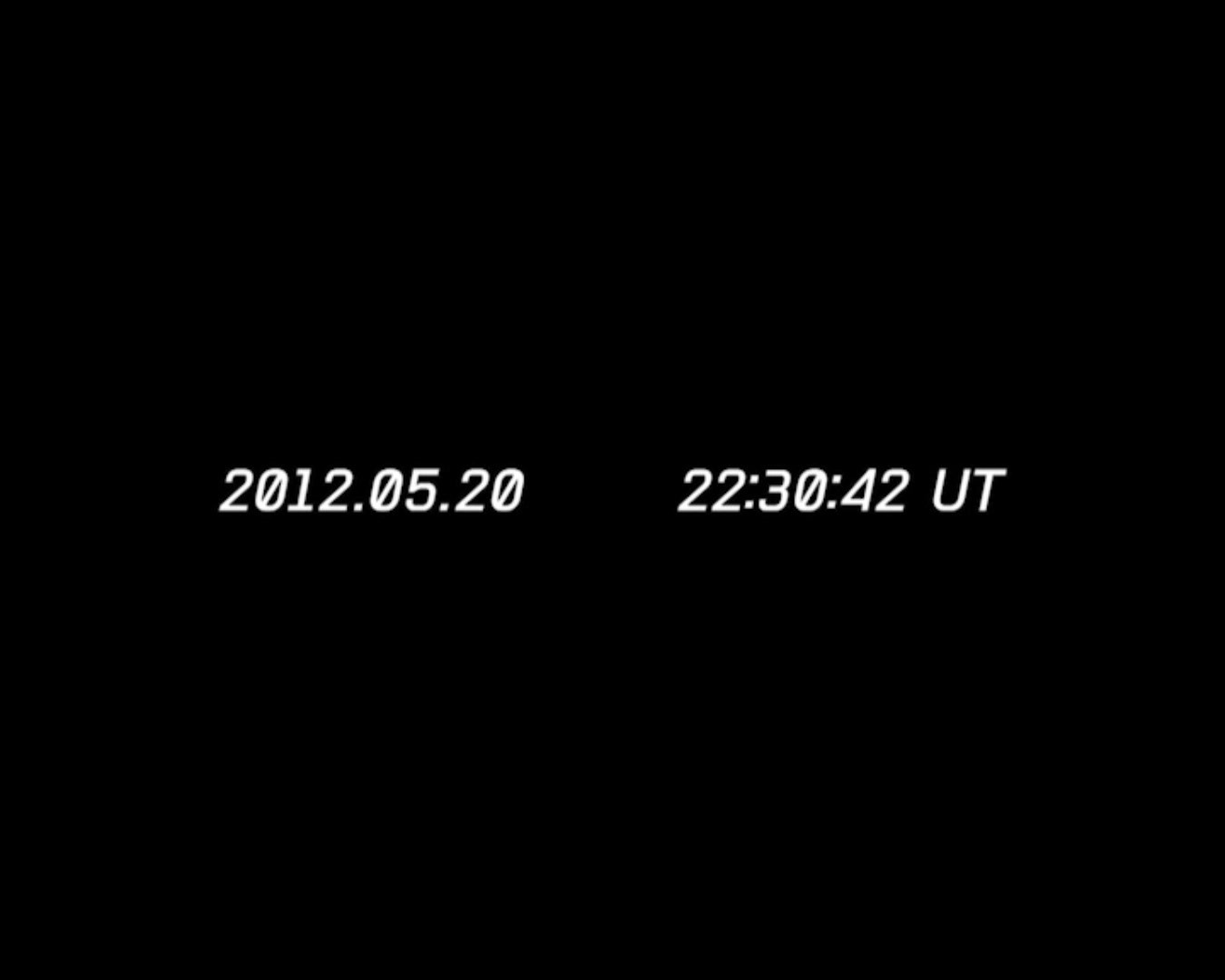Cannes Lions
ECLIPSE LIVE FROM FUJIYAMA
DENTSU, Tokyo / PANASONIC / 2013
Awards:




Overview
Entries
Credits
Overview
Description
In 2012, Panasonic, one of Japan’s leading electronics companies, set out to reinforce their stance on business practices by focusing on environmentally-friendly-products. Amidst the increasing concerns for natural energy after the nuclear power plant accidents, the challenge was to increase awareness of Panasonic’s solar energy solutions amongst environmentally conscious consumers.
Summary
The halfway point of Mt. Fuji became our broadcasting base camp equipped with solar power generators to generate and charge all the energy required for the broadcast.
A first time ever endeavor, the eclipse was then broadcasted live across the world from the iconoclastic Mt. Fuji, the site closest to the sun, with the use of PANASONIC’s solar generation system alone.
Result
We successfully delivered a visual of the eclipse that depended solely on the use of solar energy worldwide. The audience level reached about half a million people in 75 countries through live coverage by websites and mobile sites. We realized an advertising value equivalent in excess of one billion yen (more than half a billion yen in both Japan and abroad), thus greatly enhancing public awareness of Panasonic’s connection to solar energy solutions.
The annular eclipse, a rare phenomenon even within eclipses, has an innate high PR value, but by creating a solar event tie-in to the client solar energy business, and moreover, using the iconoclastic Mt. Fuji as the location, the PR value was increased multiple folds. We provided the client with non-paid media coverage beyond their wildest expectation.
Execution
It has been hundreds of years since an annular eclipse could be viewed so widely in Japan. Details of the preparations leading up to this moment of the century, beginning with the April, 2012 release, were posted on micro sites, mobile sites and SNS’s. Further, the staff for this live broadcast was recruited from the user pool.
One week prior to the eclipse, Mt. Fuji was made fully broadcast-ready with the installation of a broadcasting base camp equipped with power generators at the halfway point of the mountain. All electricity required for the broadcast was solar power-generated. One day prior to the eclipse, the summit-climbing expedition, toting broadcasting equipment and charged batteries, started the trek to the summit.
Including various shots from the trek, this gorgeous annular eclipse, seen from Mt. Fuji, an iconic landmark of Japan and the site closest to the sun, was broadcasted live across the world.
Outcome
We successfully broadcasted the annular eclipse across the world that depended solely on solar energy.
We achieved an audience level of about half a million people in 75 countries. The event was covered by all domestic TV stations as well as international media such as Reuters and CNN (non-paid advertising values are estimated at over a billion yen), and we succeeded in enhancing public awareness of Panasonic’s connection to solar energy solutions.
We distinguished ourselves from the competition with unprecedented PR method and this led to a second execution of the “Filming the sun, using the sun” project in Australia.
Similar Campaigns
12 items








